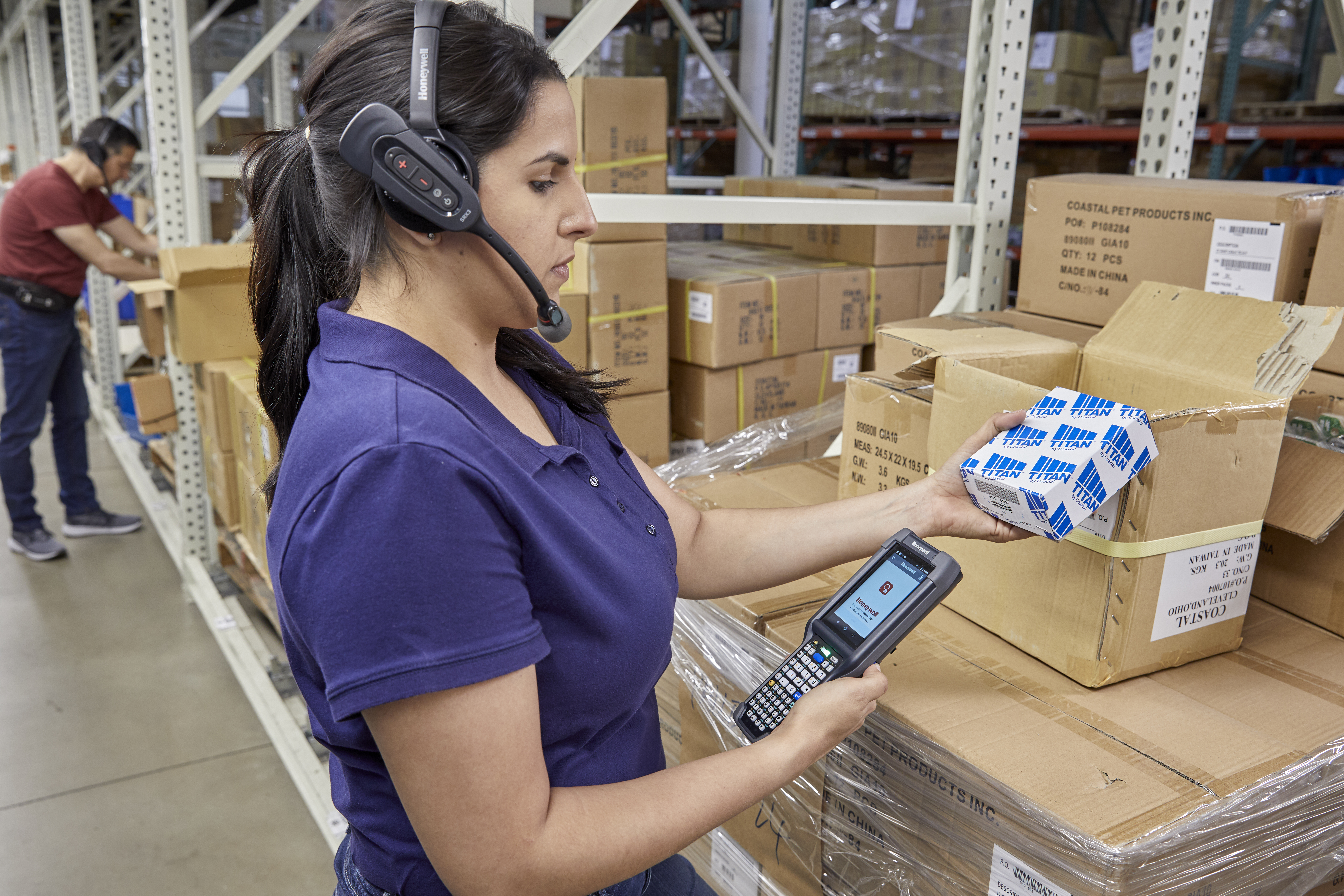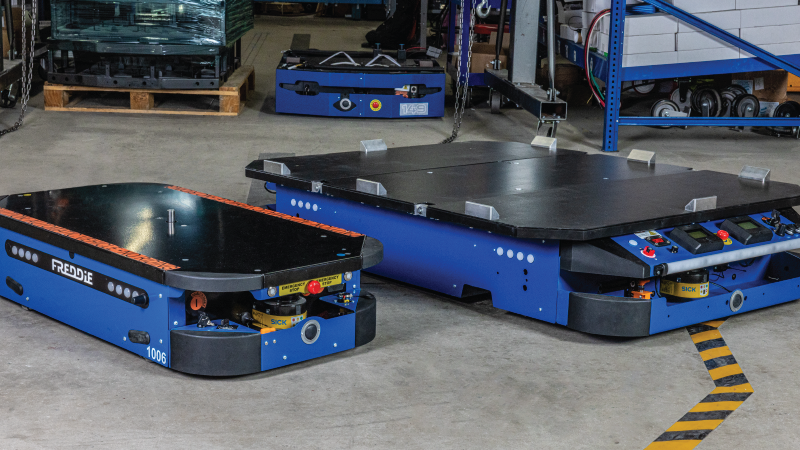Mobile technologies, such as those used to scan barcodes and inform us that a delivery has arrived the moment it hits the front porch, work astonishingly well. Considering all the pieces that must come together for even a single wireless exchange to complete in the blink of an eye one might believe there is magic in the system. Even with a little magic, however, perfection is rare. Companies strive to get people and products moving faster with greater efficiency yet even small hiccups in the vast distributed system of servers, wired, wireless networks, software, and people themselves result in downtime, mistakes, missed revenue opportunities, and business losses.
Since so much is riding on mobile technology and the mobile workforce, enterprise IT teams, technology integrators, and vendors utilize a number of tools to detect issues in the systems they are responsible for managing. This makes lots of sense. And yet, the most critical perspective and input is missing.
On any given day there are millions of enterprise employees with a mobile device in their hands and they are not using it to provide feedback such as, "I keep getting an error in this app or my screen is going blank." Strange as it seems this is largely the case, which begs this question—how are enterprise IT and Operations teams and helpdesks able to make any service-level guarantee to their mobile-enabled workforce and therefore, the customer?
Shifting focus to the mobile user’s experience
IT helpdesk and their related vendors have some visibility into each of the individual systems in the mobile environment. This includes performance monitoring of enterprise applications or data center environments or parts of the network. They can see the mobile computer hardware battery level remotely if they want to but not if that is something important to the task at hand, such as a delivery or customer-facing transaction. It is a siloed and biased point of observation that does not include the most important data point—the actual impact on the mobile worker performing critical business operations or customer-facing transactions.
A simple shift of focus from monitoring the device in the worker’s hand to monitoring the true mobile user’s experience based on the performance of the whole mobile infrastructure is a basis for taking actions to address technology concerns that are prioritized by the front lines. Allocating corporate resources based on real-time data from the leading edge of the business, i.e. operations, is a core tenet of the so-called digital transformation effort.
Empower the User and ITOps
In a time when corporate initiatives are focused on digital transformation, a surprising fact is that the current methods large enterprises utilize to capture the mobile-user’s input are analog instead of digital. A complaint of poor technology performance is reported by way of an anecdotal telling of an experience in the past, such as, “I had issues yesterday with the app on my delivery route.” This is not only analog but also a proxy and anecdotal format where the technical details are assumed from indirect information. More importantly, it is not useful because it contains only a riddle and zero data about the actual problem that can be used to determine a root cause, or a plan to resolve.
Without the means to automate the capture the problem along with root cause and priority, there is no good reason to empower the mobile worker to report, and therefore, this has remained analog in a digital world. Changing this not only empowers the mobile worker and related technical support teams, but shifts the executive perspective of the business edge from unmeasurable and uncertain to real-time and direct visibility into how the mobile workforce is truly experiencing the technology.
The mobile worker has a connected mobile device in hand, why not use that to act as a means to both passively and actively communicate for the mobile user?
Connect the Dots and Track Results
IT managers interviewed and surveyed about the topic of managing mobile systems they troubleshoot call for a magic wand that connects the dots between the technology they built and how it is performing in the wild.
And while many have implemented what are called “real-user monitoring tools” these fall short of the three pillars that lead to better mobile-user and customer service experiences in supply chains, retail, healthcare and other industries with mobile workers driving the business forward.
These three pillars are:
- Empower the front-line mobile worker at the point of impact.
- Shift focus to monitor the true user’s experience and not just the parts of the associated infrastructure.
- Track standardized metrics that are a true measure of the mobile user’s experience in context of the whole IT infrastructure.
A magic wand used in enterprise companies alongside the leading mobile-worker enabling technologies exists today. It isn’t exactly magic but it allows enterprise companies to make fundamental shifts in their visibility, enabling improved speed and reliability of the front-line workforce required to make the mobile workforce and customer’s happy.




